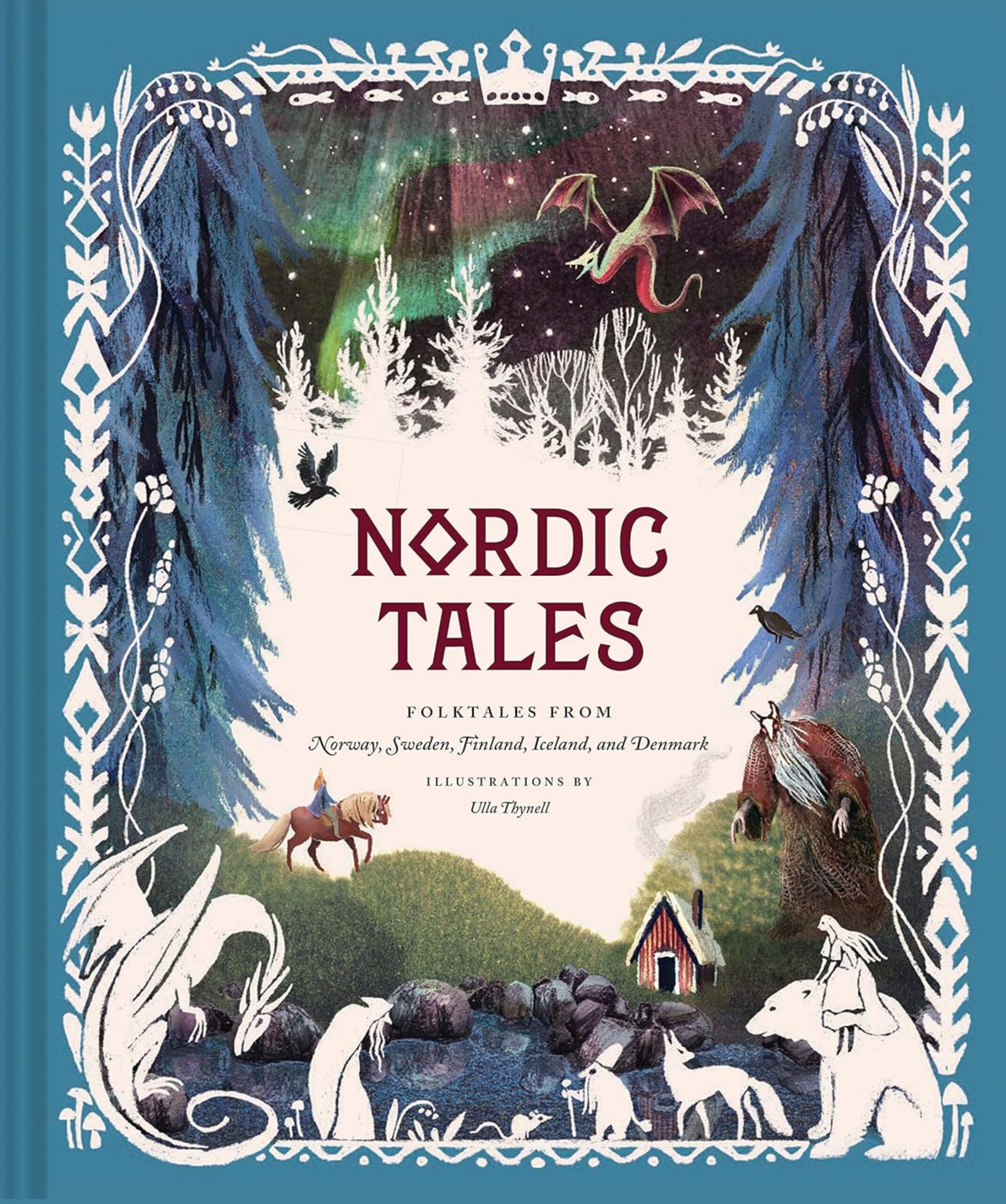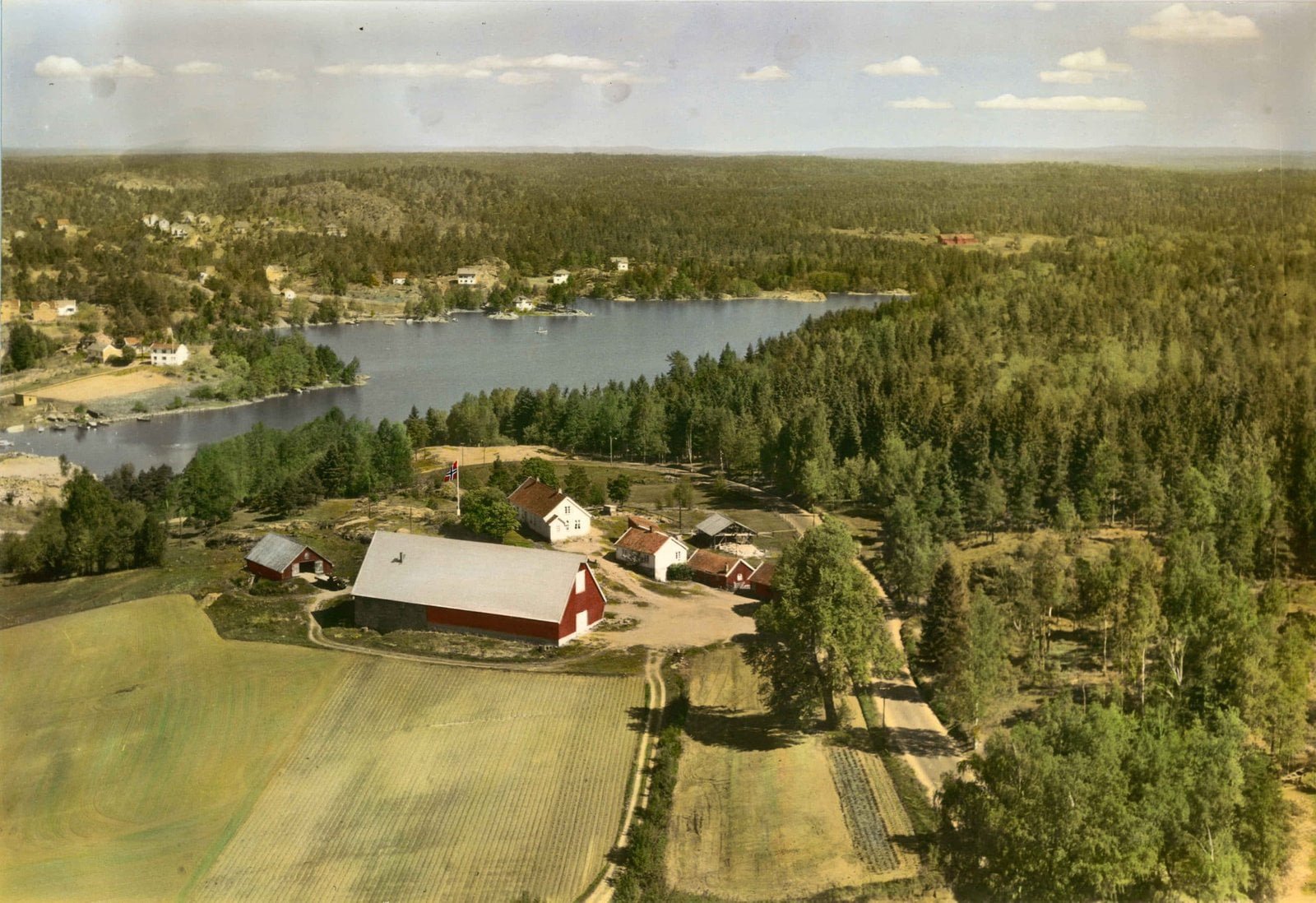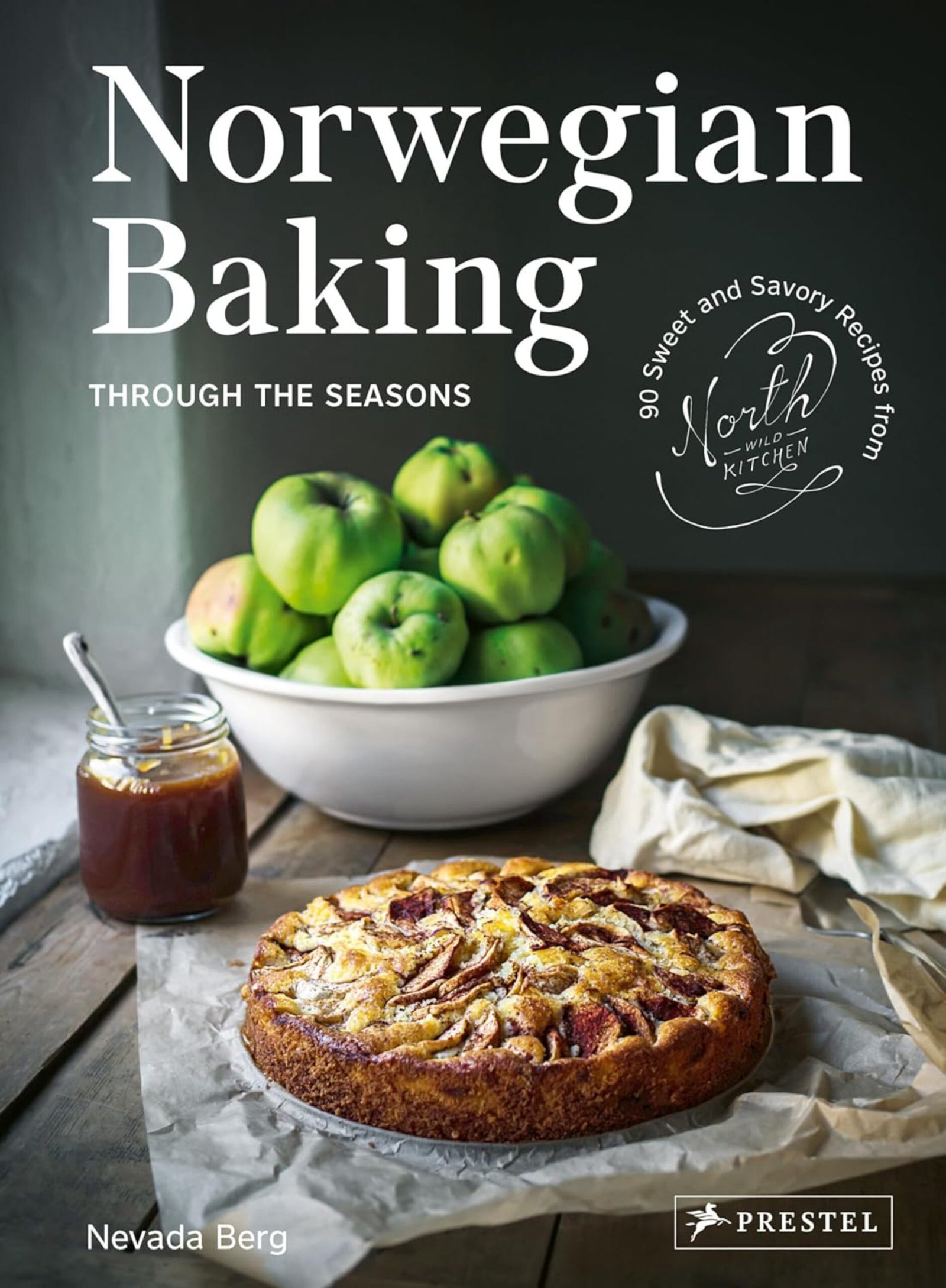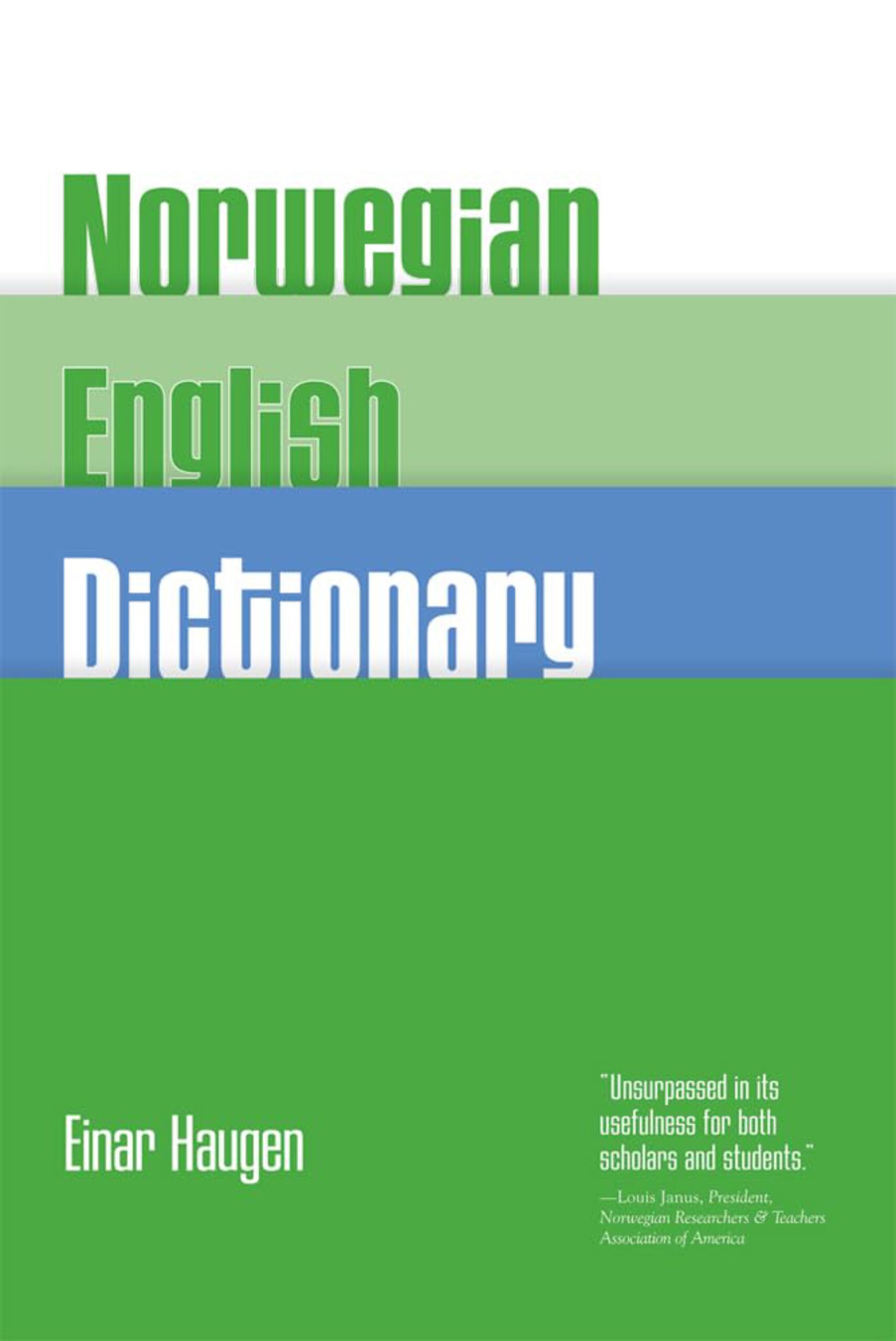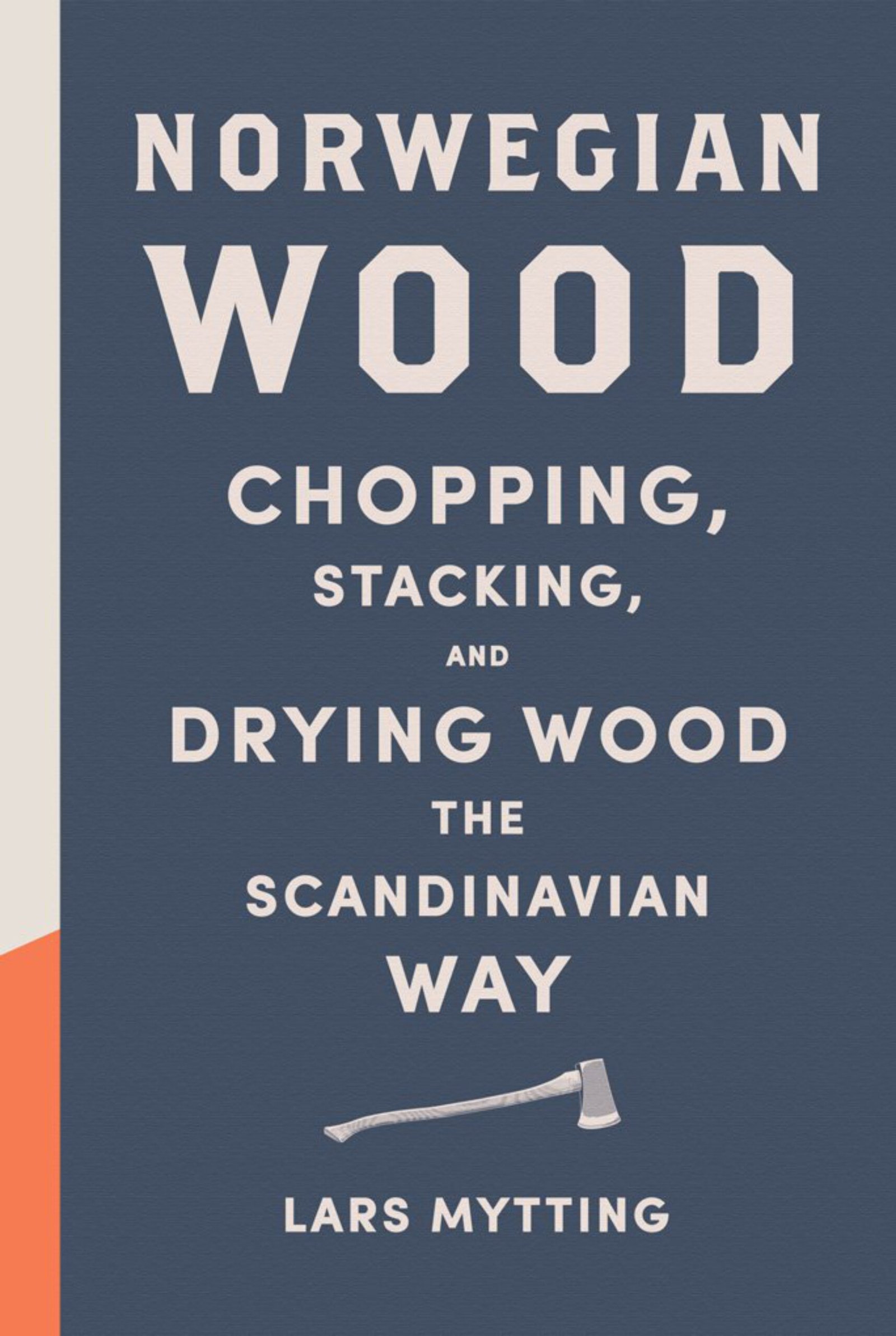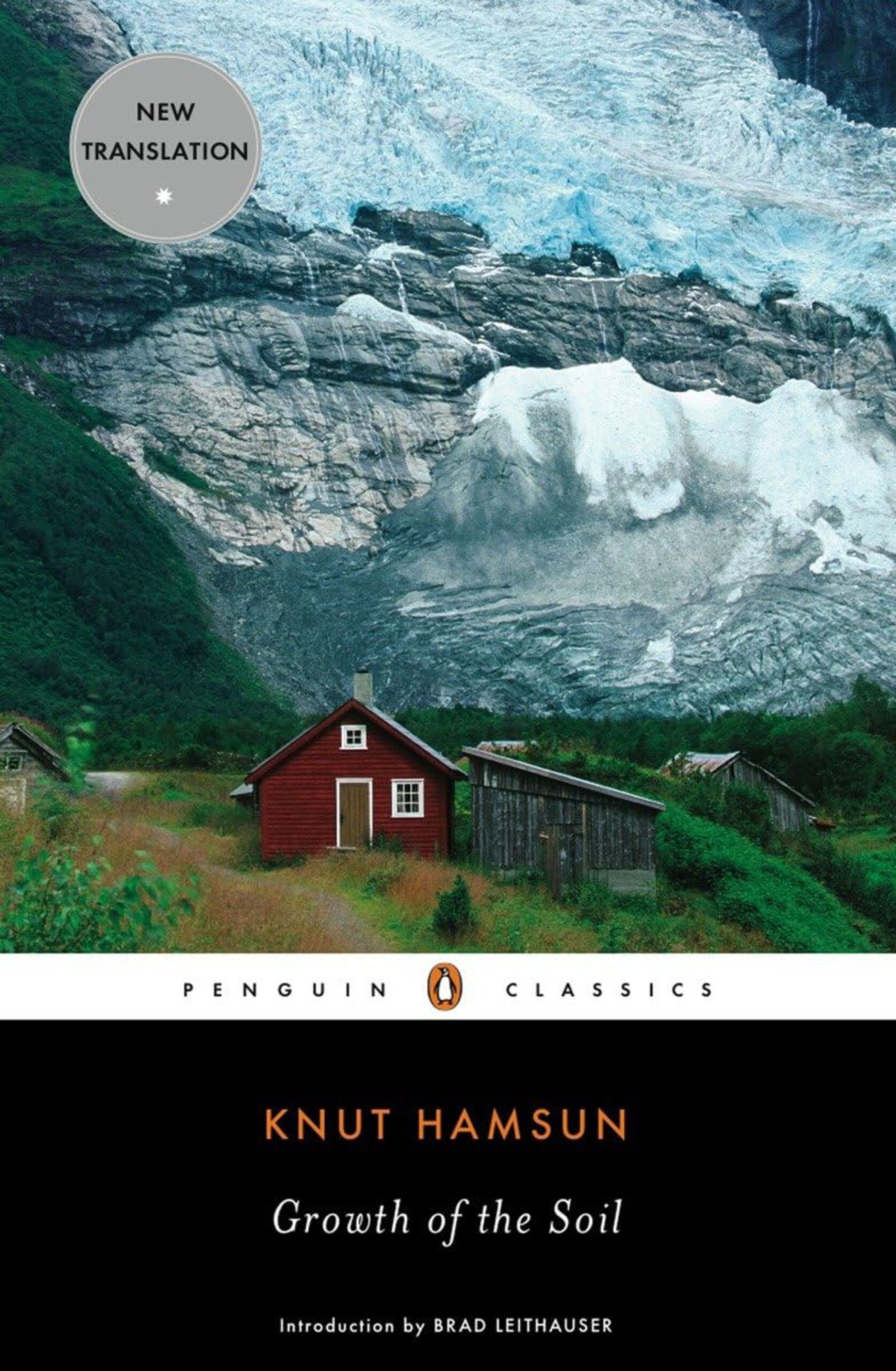A land of plenty
With her elongated shape and her position on the world map, Norway has a great many variations in landscape, tradition and livelihood.
Along the rugged coastline, it was the harvesting of the ocean that put food on the table; farming the land came second. In the inland communities, it was farming, hunting and freshwater fishing.
The Norwegian peoples – the Norwegians and the Saami people – have a long history of hunting, gathering and farming. It is estimated that farming began in Scandinavia around 4 000 BC.
Huge differences in climate and landscape meant that the utilisation of the land would vary significantly from region to region. One common feature was that everyone made the most out of all available resources. For the most part, it was Mother Nature dictating man – not the other way around.
Despite Norway being a land of plenty, there has also been starvation and poverty. The winters can be long and harsh, and if there was not enough food to harvest – and to store – then disaster would strike. And it often did. People knew too well the consequences of famine and did their very best to fill barns, cellars and storehouses – stabburs – before the winter set in.
Modesty and diligence have traditionally been important characteristics of the Norwegian psyche.
A fast-growing population
The population is an important factor when it comes to how heavily the land needs to be utilised. The population of Norway developed roughly as follows:
- The year 1000: 175 000
- The year 1300: 375 000
- The year 1500: 170 000 (a setback as a result of the black death)
- The year 1701: 500 000
- The year 1801: 880 000
- The year 1900: 2 240 000 (even after around 800 000 emigrants had left for North-America)
Just by looking at the numbers we can get an understanding of how the need for more arable land – and a greater utilisation of all available resources – became more important throughout the 1800s. New generations would break new land and establish new communities.
The huge population growth between 1800 and 1900 led to overcrowding within the social structure of the day and was one contributing factor to the wave of emigrants leaving Norway for North-America.
Recommended read: For those of you interested in getting a better understanding of what reality would be like for a man breaking new land somewhere in northern Norway, we recommend the novel «Growth of the soil» by Knut Hamsun; a fascinating story which won the author the Nobel Prize in Literature in 1920. The book is in print and available in English.
Who owned the land?
From the Viking era onwards, the larger portion of the land was owned by either:
- The king
- The church
- Other large landowners
The women and men working the land were usually tenant farmers leasing the properties – paying both rent and taxes.
After the Protestant Reformation in 1536, the king of the then Denmark-Norway confiscated the land belonging to the Catholic Church.
During the next centuries, much of the farmland was sold off to the previous leaseholders and became private property for the many. Owning your own land has been – and still is – an important part of the Norwegian identity.
Common land: Norway also has a so-called common land tradition – or almenning. Wikipedia defines this as: «Common land is land owned collectively by a number of persons, or by one person, but over which other people have certain traditional rights, such as to allow their livestock to graze upon it, to collect firewood, or to cut turf for fuel.»
How the communities were organised in bygd, grend, gard and husmannsplass
If we disregard the way that the king and the church organised their domains, the rural communities were often organised in four main levels:
- Bygd
- Grend
- Gard (gård)
- Husmannsplass
Looking at the landscape surrounding these entities you will see that they are quite logical. If you sent a group of people out into the wilderness today – they might well follow a similar way of organising themselves.
Going back to the saga-times you also had a regional tingplass where the laws of the land were laid down and disputes settled. These places were also a meeting-point for trade and were often what later evolved into cities.
Bygd: The word bygd is often translated into the word village – but that doesn’t quite fit. Unlike the farming communities further south on the European continent and beyond – who often gathered in villages – the Norwegian farms were normally scattered individually throughout the landscape.
Two or more farms could sometimes have their sets of buildings placed very close to one another – but this is not the norm.
The farms belonging to a certain geographical area – where people would naturally have a connection – would form a bygd. The word community is probably a better translation.
Grend: One can sometimes see this word translated into the word hamlet, but that doesn’t quite fit either. A grend would be a section of the bygd where some farms naturally form some kind of an entity. The farms would still be scattered individually throughout the landscape.
A grend could be a place where there had originally been one larger farm – which later had been split into several units.
The grend would normally have a common name – and this was often the name used by the emigrants when they came to North-America or generally moved away. The individual farm units would have their own names – often indicating its location within the grend or how old they were compared to the next one and so on (for example «The new farm», «The eastern farm» etc.). The Norwegian local history books (bygdebøker) written during the 1900s, are often organised by grend and then farm.
Gard or gård: This is the actual farm unit owned by the farmer, and it is the registered entity for tax purposes and so on. Norway has a long history of keeping land registers, going back to the 1200s and beyond. The farm and its produce was for a long time the main taxable object.
Whether the word gard is spelt with an «a» or an «å» depends on the dialect.
The buildings on the farm would often be situated in such a way that the arable land was surrounding them, making it easier and quicker to get to the various fields. However, this is not always the case.
Husmannsplass: This is often translated into a cotter’s holding. The husmannsplass was not a separate legal entity and the land – and often the buildings upon it – belonged to the main farm.
The husmann – or cotter – was a tenant and as part of the tenancy agreement, he and his family were normally required to work a set number of days on the main farm during the year.
The cotters and their families often lived a vulnerable existence. The children had to work and fend for themselves from a very early age.
The husmannsplass would normally have some arable land but not always. The cotter often had an additional profession, for example, shoemaker, tailor, lumberjack and so on. As the husmann did not own his own land, he was also the one being the socially most inferior – something that the below-recommended read is a good example of.
When it came to domestic animals, the cotter may have had a cow or two, a pig and some sheep and chicken.
A husmann living on the coast would often have a greater chance of making a good living – as harvesting the resources of the ocean had fewer limitations than the use of the land.
The number of cotter’s holdings increased significantly as the population started to grow in the late 1700s. A lot of these holdings were homesteads where a young couple would break new land – and create a home for themselves and their children.
If the cotter’s holding was later abandoned, the land would go back to the main farm.
The people living at such a cotter’s holdings could also often be the second, third child etc. of the main farmer – unless they were able to marry into other farms in the community.
From 1900 onwards, in particular, the husmann started buying his husmannsplass and it became a separate legal entity. This is what we today often call a småbruk – a small holding.
The basic elements of the farm’s land – and how it was utilised
The land belonging to a traditional Norwegian farm can be split into various areas of use and utilisation. There will be many regional variations but here are some elements.
- The farmyard = tunet
- A nearby, healthy and reliable water supply = brønnen or bekken
- The infields = innmarka
- The outfields = utmarka
- A river or creek that could be harnessed to power a water wheel
- The farmyard – tunet
Tunet
Tunet is where the main buildings would be situated – with every building having its own and traditional purpose.
The word tun has a very deep-rooted meaning and emotional connection for many Norwegians even today: tunet is where home is. One can imagine the sense of longing for the farmyard back home, felt by many of the earlier emigrants back in the 1800s, unable to ever return to their place of birth.
Recommended read: Swedish author Vilhelm Moberg wrote the 4 volume epic «The emigrants» which is highly recommended. Although being about a Swedish emigrant family it will have a strong resemblance to the Norwegians. The books were made into a film-series in 1971 starring Liv Ullman and Max Von Sydow. The books are in print and are available in English. If buying the film, make sure to get a version with English subtitles. The scene where one of the main characters, Kristina, dies is heart-breaking. Finally, she is back home in Sweden – and she will be waiting for her beloved Karl Oskar there.
A nearby, healthy and reliable water supply
In connection with the farmyard there would often be a well containing fresh water for human consumption – and maybe a pond, creek or other water supply for the animals. Often, of course, the water supply would be the same for both man and beast.
It is easy to forget that cows and horses require large amounts of water every day. Undoubtedly, a constant supply of water could be a challenge during cold winters and dry summers. Many a bucket of water has been carried from a creek or a pond to the eagerly awaiting animals – forever still wanting more.
Water was also needed for laundry and cleaning in general. The water from the well was sometimes too valuable to use for this purpose and a creek, river or lake was the best option.
The infields – innmarka
The infields are normally the most arable land on the farm. The farmyard and the infields were the heart and the most productive part of the property.
The infields are where the farmer would grow his grains, vegetables and grass for haymaking – often in rotation. As a curiosity, it can be mentioned that the potato became a very important part of the diet as the population increased – but it was not fully introduced until around the year 1800.
The less arable land – which still was part of the infields – would be used as pasture land (hamnehage or beite).
In colder parts of the country, the main growth on all of the infields was grass – which would be used for haymaking. The hay was the main feed for many of the farm’s animals during the long winter months. In these regions, animal husbandry would be the main source of food and income.
Securing sufficient feed for the winter could become critical when it came to keeping the livestock alive and healthy until the next year’s growth. There are many stories of the cattle being so weak in late spring that they didn’t have the energy to get up from the floor.
The freedom to roam another person’s land is a strong principle in Norwegian law – but that right would naturally be – and still is – limited when it comes to both the farmyard and the infields. You will normally never find an uninvited Norwegian in someone else’s field during the growing season. However, on a sunny day during winter many a skier will cross these oceans of white snow – and with every right in the world to do so.
The outfields – utmarka
Simply put, one can say that the outfields are all the land that is not included in the infields: islands, forests, lakes, rivers, marshland, summer pasture and outer hay making fields, mountain land etc.
Some of this land would belong to the farm – some of it could be rented – and in many instances age-old rights allowed the local farmers to utilise certain resources on the land owned by others or on common land.
The two most important uses of the outfields were probably using it as a summer pasture – and for securing additional winter feed for the animals. The infields were normally not large enough to both be able to feed the animals during the summer and for securing feed for the winter.
In addition, the outfields would provide wood for building houses, firewood and be the place for hunting and fishing.
The forests and the mountains also provided berries and other edible plants. These were important additions to the farmer’s diet.
Often there would be separate buildings placed in the outfields where the hay would be stored. It was later brought back to the farm during the winter using horse and sleigh; or by boat in the coastal areas. If the farm was situated in a steep and mountainous landscape, the hay and other feed had to be carried on the farmer’s back. This was very hard work.
Collecting branches with leaves from trees was also a very important addition to the winter feed in many areas. Moss was also collected and used for feed.
In the valleys and in areas where the arable land was scarce, it was common to send the animals to the seter or the summer farm during the summer months.
The sheep were – and still are in many places – sent into the forests or up into the mountains and were roaming unattended all summer. Finding them all and getting them back to the farm in the autumn could be quite the task. All the sheep were branded so as to make it possible to separate them.
A river that could be harnessed to power a water wheel
Lucky was the farmer that had a river or a creek nearby. It could, of course, serve as an important water supply – but running water would also be a valuable source of power for the watermill or a sawing mill. The grain had to be made into flour and the trees had to be cut into material for building and repair. Or maybe the farm even had a stamping mill for the making of cloth.
A river could of course also be a valuable resource for fishing. During the later centuries, many rivers in Norway provided additional income derived from those passionately interested in salmon fishing.
A closing comment
Much more could be said about the farming landscape of Norway – but the above gives the foreign reader a small introduction to a landscape and a structure that many Norwegians often take for granted – or may have forgotten along the way.
Main sources: Statistics Sentralbyrå, Wikipedia.org
